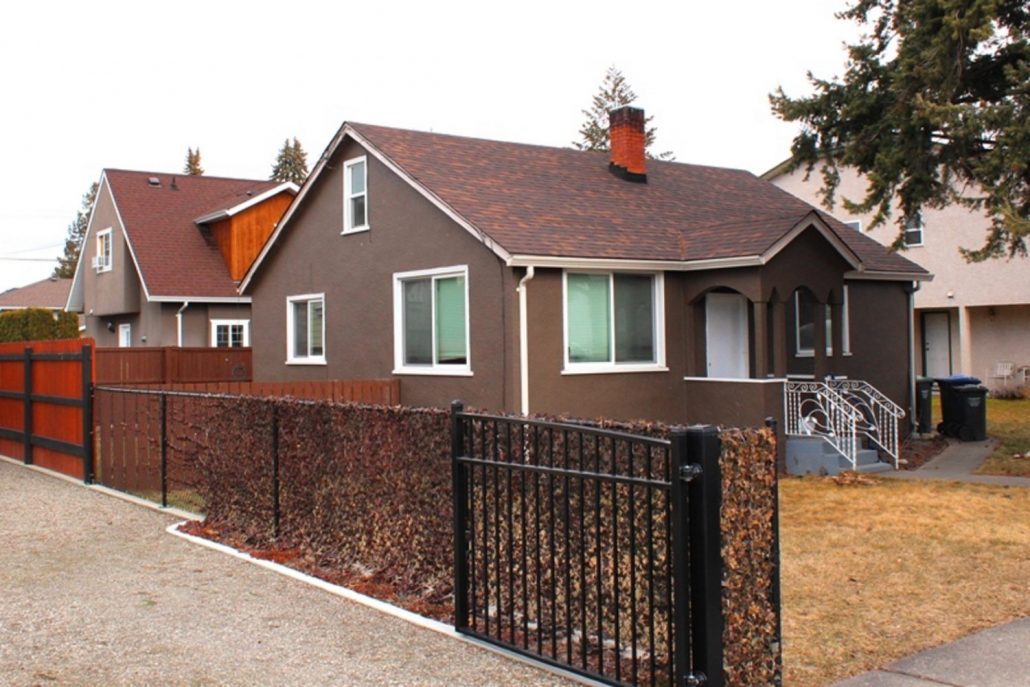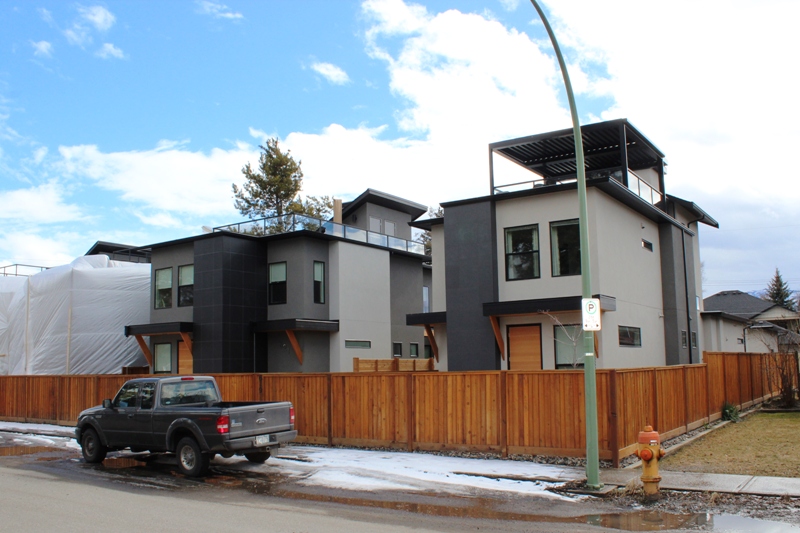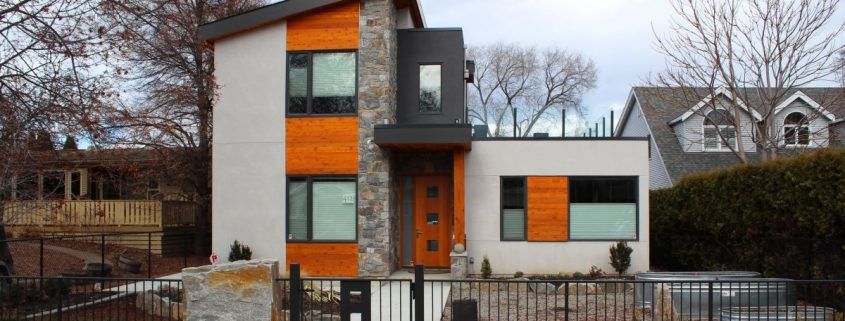Affordable Housing and Kelowna’s Infill Policy
Affordable Housing and Kelowna’s Infill Policy
For many urban centers in Canada the opportunity for infill housing provides an efficient way to allow for the development of affordable housing.
With the rising cost of real estate there is pressure on communities to look for sustainable ways to provide for more affordable housing. Many urban centers are moving to infill housing as a method to provide liveability and greater density. This is advantageous for the city planners as the cost of infrastructure in existing neighbourhood has already been met and adding new homes incurs little cost to the city. It also takes advantage of many older neighbourhoods that have smaller homes on large lots. These  property owners can now build carriage homes, duplexes or single family detached homes as allowed by the new City of Kelowna regulations and guidelines.
property owners can now build carriage homes, duplexes or single family detached homes as allowed by the new City of Kelowna regulations and guidelines.
The City of Kelowna also sees the value of this strategy for urban planning for a number of other reasons. They write,
Infill housing… represents an important part of the City’s overall strategy to combat the impacts of urban sprawl. By focusing growth in areas with existing infrastructure (e.g.: roads, schools, parks, transit, etc…), it is possible not only to mitigate the impacts of sprawl, but also to build resilient neighbourhoods with access to daily services, transit and a wider variety of housing options.
A great deal has been written about what make a strong and vibrant city. We hear of Urban Decay and the hollowing out of cities in North America. City managers are conscious of the issues that arise when density in a city drops below a certain threshold. The loss of people in a community can start a downward spiral of lower property values, vacancies and lower city tax revenues. The city models from the sixties and seventies with business and office space downtown and housing out in the suburbs has transformed into a much more complex city plan. Now the desire is to bring people back into the city’s core to revitalize the downtown centers. One of the leading examples of this strategy in North America is Vancouver with its False Creek redevelopments and vibrant city urbanization.
Kelowna has an opportunity to provide infill in a similar way. While we do not necessarily want high-rise towers like False Creek in our downtown neighbourhoods there is a desire to renew and rebuild older neighbourhoods from the forties and fifties into a more sustainable model. This includes many neighbourhoods around the Kelowna General Hospital and between Gordon, KLO and Lakeshore drive area.
These neighbourhoods were created shortly after WWII to accommodate the soldiers coming back from the war. Many homes were built for the lifestyle of the times with large lots to allow for big gardens in the backyards. You just have to talk to Grandma and Grandpa to appreciate that everyone canned fruits and vegetables back then.
These properties now have been steadily updated and built out. In the past ten years, the city has encourages carriage houses or where permitted new duplex housing to go in. Now the city has revised the zoning in these areas to allow for a new RU7 designation. This allows for four unites to be built on a lot that is 64 x 150 ft in size. This might  seem like high density but the setbacks are similar to many new affordable housing neighbourhoods like those found in the Upper Mission, Rutland and West Kelowna.
seem like high density but the setbacks are similar to many new affordable housing neighbourhoods like those found in the Upper Mission, Rutland and West Kelowna.
How does this infill plan affect home owners? Many of us want to live in a more sustainable community and this often means being within walking distance of key amenities. Not having to drive everywhere is very desirable and by building infill housing we can bring more people into the center of town and give them access to work, shops, entertainment, restaurants and parks. This takes pressure off of our streets and builds a strong sense of community as more people work and play close to where they live. Living in a community means you have a stake in that community and a healthier city results.
These homes are also smaller in scale then many in the suburbs. By providing opportunities to build smaller homes you create more affordable housing for those wanting to downsize or for first time buyers. With the overheated markets in Vancouver continuing to put pressure on housing prices this approach by the city planners can help create more opportunities in the market for home ownership.
To learn more about infill housing please visit the City of Kelowna Website at Infill Housing or contact the team at Quincy Vrecko and Associates 1-778-760-2860!




